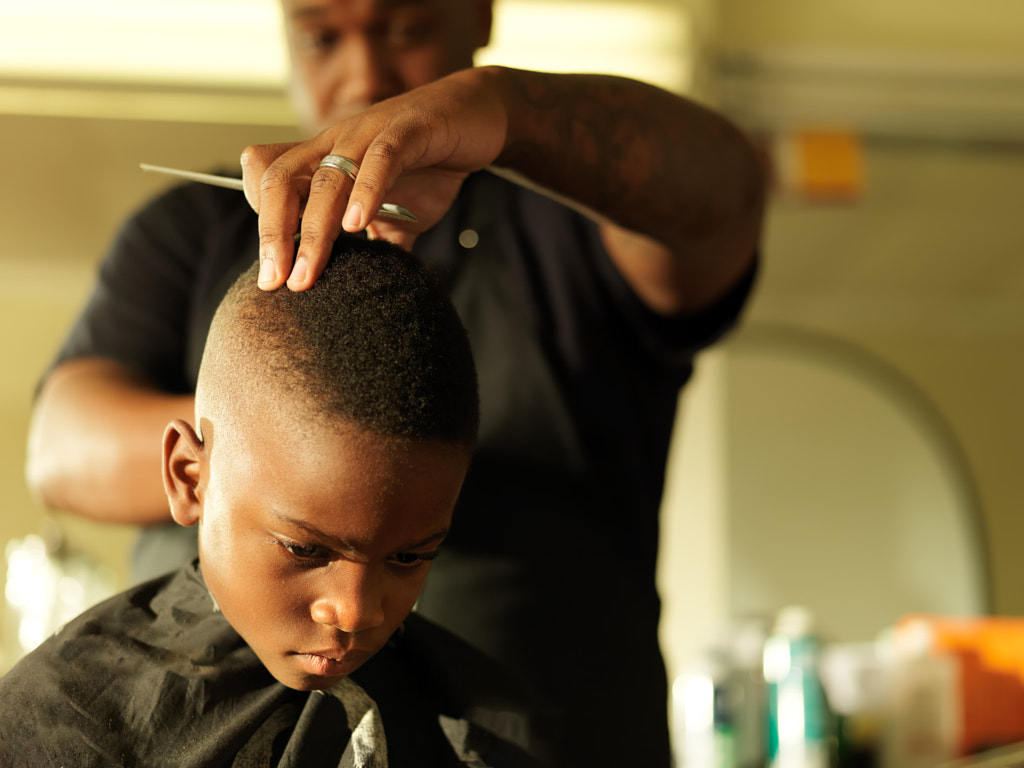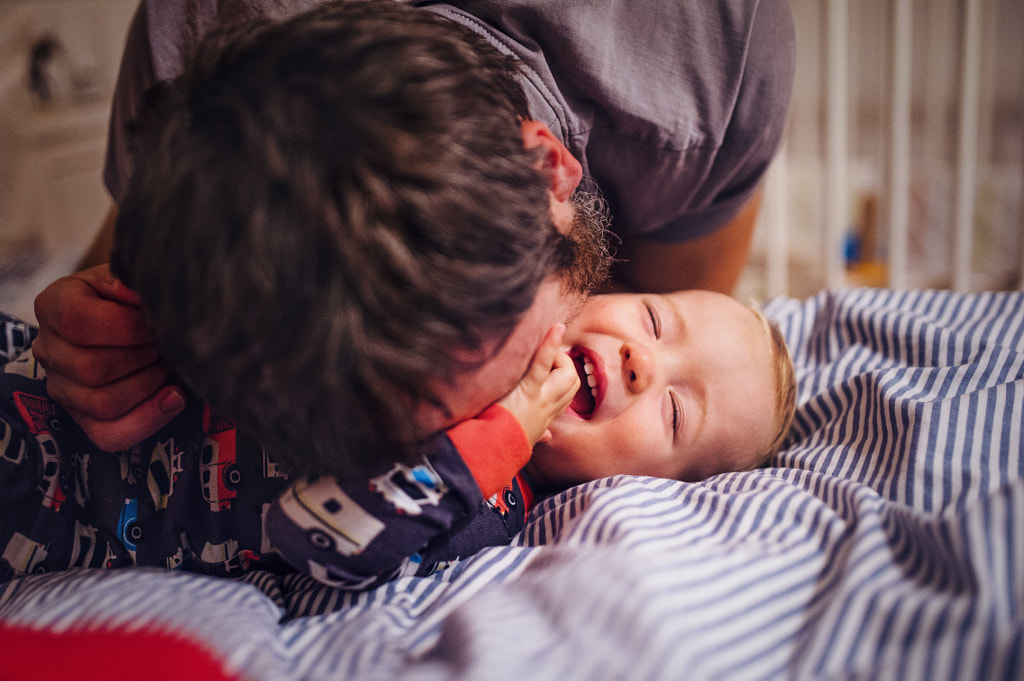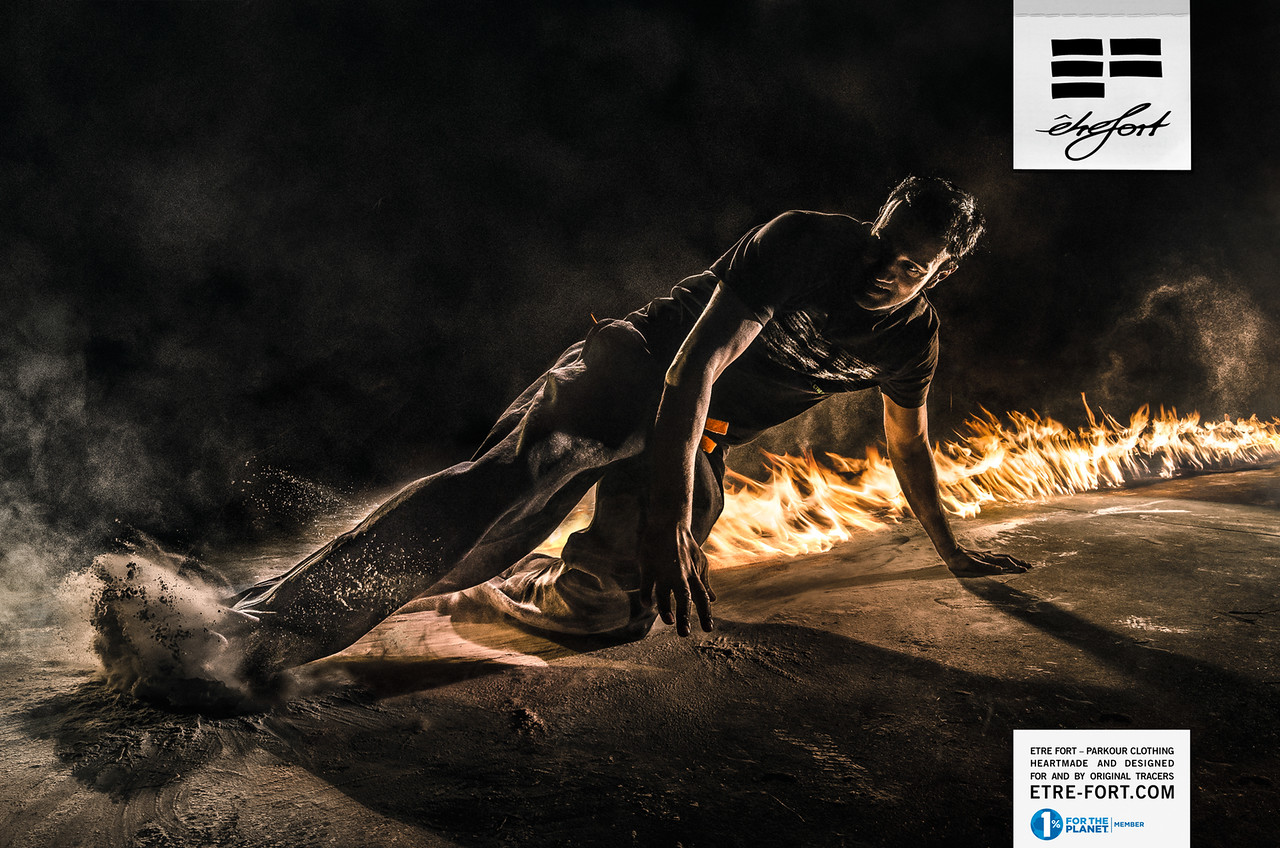As more consumers push for transparency and authenticity in marketing, more advertisers have moved away from the “buy now” approach and toward third-person storytelling. Instead of speaking directly to the products, these ads convey a larger narrative, spark emotions or memories, and speak to universal themes like family, community, friendship, or growth.
A few years ago, a study from Hill Holliday’s research team, Origin, revealed that, for customers, the perceived value of a product was higher when the product was associated with a detailed story rather than a simple description. These stories could be true or fictional; they could come from customers’ personal experiences, or they could tell the backstory behind the brand itself.
In recent years, “storytelling” has become a buzzword in the advertising industry—and for good reason. The Facebook Marketing Science team has studied the effects of storytelling in advertising, particularly on social media, with intriguing results; according to one study, leading with a brand story proved more effective than those that began with a call to action.
This shift marks a significant departure from the stock photography of decades past. As brands look for ways to connect with their audiences in meaningful ways, they’re turning to more realistic and relatable images. This year, Getty Images named ‘realness’ as one of its top creative “forces,” pointing to the rise in photography that feels truthful, inclusive, and empathetic.
Here are our tips for telling a story effectively in your commercial work—even with just a single frame.
Highlight micro-moments
“Micro-moments” are those small, oft-overlooked routines and rituals that make up our daily lives: tying our shoelaces, sitting down for coffee, commuting to work, brushing our teeth, enjoying a meal, etc.
Facebook calls them “once-a-day moments,” and for advertisers, they can serve as an especially powerful tool for connecting with audiences; in fact, brands that incorporate these moments can sometimes be easier for us to recall and remember.
Because these moments are so familiar, they’re the perfect vehicle for universal storytelling. In the past year alone, companies ranging from Trident Gum to Uber Eats India have highlighted relatable, everyday moments as part of their television commercials.
A simple but detailed narrative—like a father and son cooking in the kitchen—has a number of potential commercial applications, from a cooking or lifestyle blog to a Father’s Day ad campaign.
Photograph real people
According to one survey out of the UK, 79% of adults want brands to tell more stories in their marketing, and most people want to see and hear stories about regular people, as opposed to celebrities or CEOs.
That movement is reflected in commercial photography trends as well; on Getty Images, searches for “real people” rose by 192% in 2019. You don’t have to employ professional models to create lifestyle photos that sell; in fact, working with people you know and trust can help make your photos more relatable.
Tell a story from start to finish
Together, a series of micro-moments can help evoke a larger narrative, so consider turning every shoot into an opportunity for storytelling. A simple food shoot, for instance, can become a lifestyle series if you incorporate shots of friends and family preparing the ingredients and bonding over the finished meal.
Get those model releases signed; help your family members put together a simple, timeless wardrobe, and make a day of it. Give your models a clear activity, and make it something they enjoy, whether it’s video-chatting with friends or playing a game in the backyard. According to the 2020 Trends & Topics Report from Facebook IQ, more people these days are participating in tactile activities like indoor gardening and DIY-ing, and these are all ideas you can photograph at home.
“Try capturing the scene from a variety of different angles and focal lengths and consider how repositioning the camera and focus changes the story and narrative of each individual photo,” the 500px Content Team suggests. Buyers might download a series of images to use across different channels, so look for variety within a single shoot. With some planning and foresight, a casual day at home could turn into a collection of marketable photos.
Look behind-the-scenes
As more brands pull back the curtain to reveal candid, “behind-the-scenes” moments on social media, advertisers continue to seek visual content that feels spontaneous and off-the-cuff. For commercial photographers, that means looking beyond the conventional poses and capturing natural emotions in between takes.
While you’re on set, keep that camera out during “breaks” in the action, and look for unguarded expressions and impromptu reactions. Keep the atmosphere on set light and casual, and let your models express themselves and enjoy the process. Give them time to get comfortable with the camera, and leave room for improvisation.
“You want to avoid cold, rigid, and over posed positions, so try to work with a level of candidness,” the Content Team adds. “Try to snap a number of photos in quick succession when the model is performing an act. There’s that element of voyeurism and a sense that we are seeing real-life people go about their daily lives.”
Stay subtle
Sometimes, the beauty of commercial storytelling lies in its subtlety; instead of persuading us to go out and buy something right away, it engages our emotions and leaves us with impressions that we then associate with particular brands. Photos that are similarly subtle can be used in a variety of commercial contexts; as opposed to images with a more obvious message, they can be adapted by different brands and marketers to convey several unique stories, depending on their needs and goals.
Get an outside opinion
We’ve discussed the importance of applying keywords to all the photos in your Licensing portfolio, especially when it comes to pictures of people, and they’re significant in helping to tell the story behind your shoots. These will include literal keywords, like the number of people, their relationships, and activities, but they’ll also include conceptual phrases that describe the feelings and themes behind the photo.
Your description and title are also ideal for putting your story into words, so jot down some key sentences and phrases before your session, and refer back to them while you’re on set to stay on track. That narrative will always remain at the core of your shot list, even as you experiment with new ideas.
After your shoot, start brainstorming new storytelling keywords, including those you might have missed in the first go-round. “Consider getting someone else to help interpret the narrative of a photo,” the Content Team advises. “Sometimes, a fresh set of eyes can see unintended story elements at play that the photographer could be oblivious to.”
If, for example, you’ve done a lifestyle session with a parent and child, someone else might notice that it’s particularly relevant right now, as more parents are working from home. In that case, in addition to keywords like “family,” “belonging,” “having fun”, “childhood”, “mother and son,” you might add phrases like “working from home”, “provider”, “multi-tasking”, “freelance work”, and more.
Subtle storytelling images are powerful because they’re open to interpretation, and the more interpretations and meanings you can incorporate into your keywords and descriptions, the wider your commercial appeal will be.
Not on 500px yet? Sign up here to explore more impactful photography.














Leave a reply